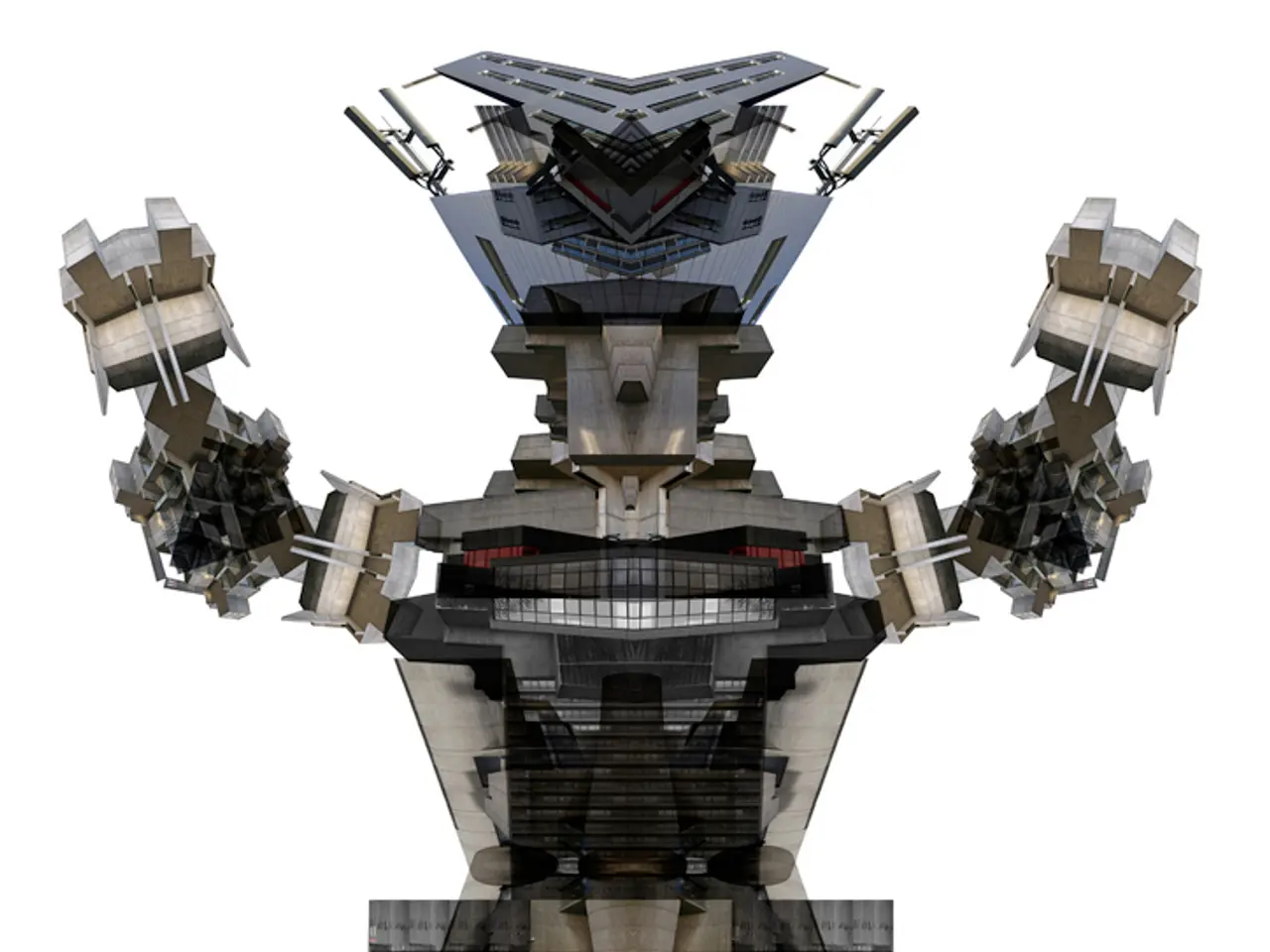Miniature robot beetles engineered for lifesaving intervention during genuine crises
## Revolutionary Cyborg Beetles Set to Transform Disaster Response
In a groundbreaking development, researchers at the University of Queensland have engineered cyborg beetles, live insects equipped with microchip backpacks, to navigate disaster zones and potentially revolutionize emergency response efforts worldwide.
The cyborg beetles, such as Zophobas morio, are controlled remotely using a video game-style controller, allowing for real-time, precise navigation even in challenging environments. Their natural agility, combined with engineered enhancements, makes them an ideal platform for compact sensors and control systems in tight, dangerous spaces.
## Natural Agility Meets Engineered Enhancements
The beetles' innate ability to climb, crawl, and maneuver through complex environments, such as dense rubble, offers significant advantages over mechanical robots. Their compact size enables access to confined or inaccessible spaces where survivors may be trapped. Additionally, the cyborg beetles operate with high energy efficiency, making them suitable for prolonged missions without the need for large, heavy batteries.
Engineered enhancements include the microchip backpacks, which deliver small electrical signals to stimulate the beetles' antennae or hardened forewings, guiding their movement. Remarkably, the beetles can carry equipment nearly equal to their own body weight, even while climbing vertical surfaces. Researchers are further developing these cyborg beetles with miniature cameras and compact power systems to provide real-time visual and environmental data to rescuers.
## Overcoming Limitations of Traditional Robots
Traditional robots often struggle with transitions between different surfaces and navigating complex, unstable rubble typical of disaster sites. In comparison, beetles possess natural footpads and sensory systems that allow them to crawl through narrow cracks and over rubble with ease. Additionally, while traditional robots may require much larger batteries or tethers, reducing their operational range and flexibility, the cyborg beetles can manage with their own battery weight.
## A Bright Future for Cyborg Beetles
The potential of cyborg beetles in emergency response is becoming increasingly clear. If successful, these biohybrid systems could significantly reduce the time needed to locate survivors in disasters, potentially within hours instead of days. As researchers refine sensor integration and power systems, cyborg beetles may become a standard tool for urban search and rescue, overcoming many of the limitations faced by purely mechanical robots.
The team aims to test the improved system in a live emergency simulation within the next five years. If proven effective, cyborg beetles could become a valuable part of urban response efforts around the world, drastically reducing the time it takes to locate survivors in disaster zones. Moreover, the cyborg beetles are also being developed to detect and fix water pipe leaks without digging, offering potential applications beyond disaster response.
Every second counts in critical situations, and the technology could help reduce the time it takes to locate survivors, potentially saving countless lives. The cyborg beetles are part of a project aimed at improving emergency response in situations like building collapses, earthquakes, or industrial explosions. Researchers are exploring a low-cost and high-impact way to locate survivors in situations where robots and humans can't go.
- The integration of advanced artificial intelligence and technology could enable the cyborg beetles to detect and identify medical-conditions in survivors, enhancing rescue efforts further.
- In the realms of science and technology, the development of cyborg beetles not only revolutionizes disaster response but also opens doors for applications in medical-sciences, such as addressing water pipe leaks and preventing water wastage.




